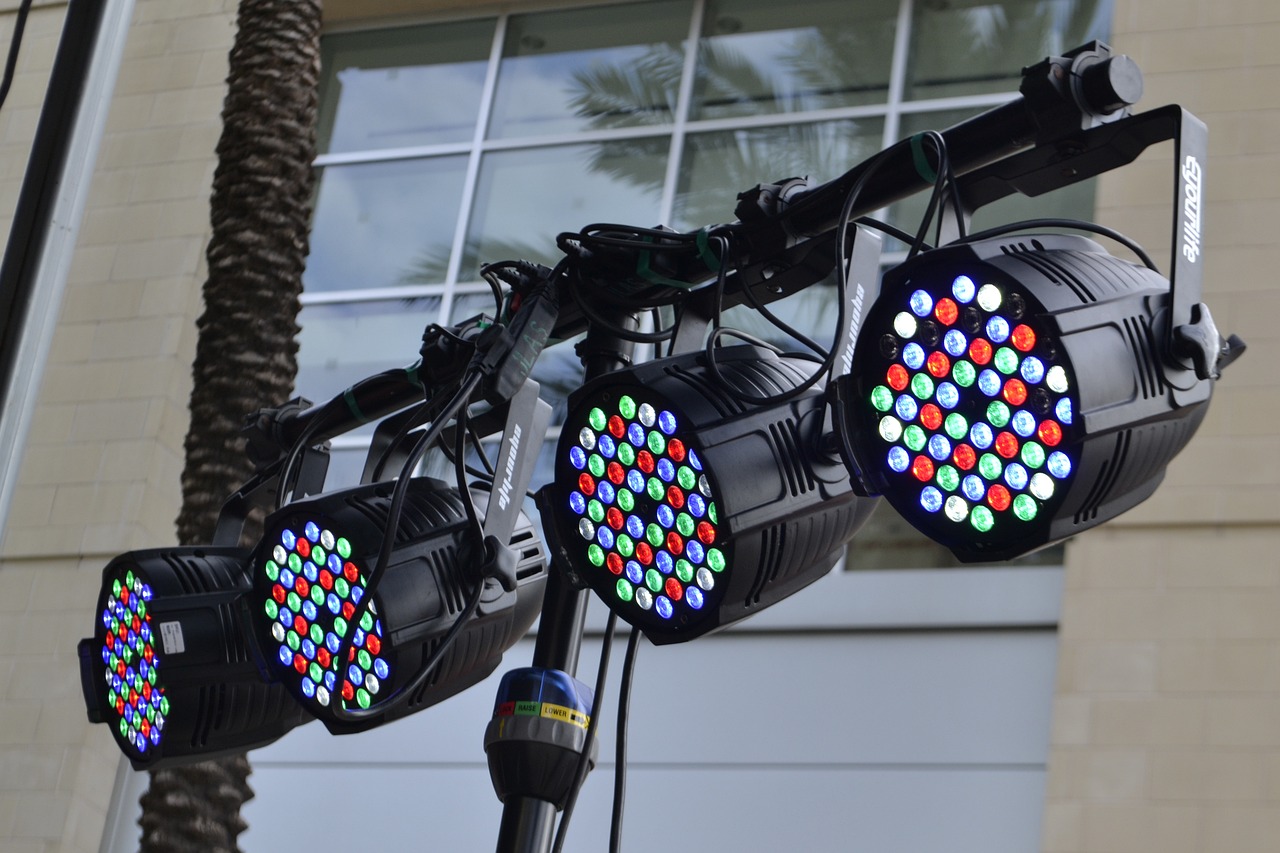The Ultimate Guide to LED Par Lights: Features, Types, and Applications
LED Par Lights, also known as LED Par Cans, have revolutionized stage and event lighting with their energy efficiency, vibrant color mixing, and versatility. Originating from the term “Parabolic Aluminum Reflector,” these lights now utilize advanced LED technology to deliver superior performance compared to traditional halogen or metal-halide counterparts. Below is a comprehensive guide optimized for SEO, covering their features, types, and practical applications.
1. Key Features of LED Par Lights
- High Brightness & Color Range: Modern LED Par Lights use tri-color LEDs (red, green, blue) to achieve 16.7 million color combinations, creating dynamic visual effects for stages, concerts, and events.
- Energy Efficiency: Consuming significantly less power (e.g., 35W–300W) than traditional lights, they reduce energy costs and heat output.
- Long Lifespan: With LED lifespans of 60,000–100,000 hours, these lights require minimal maintenance.
- DMX512 Control: Most models support DMX512 protocols for precise lighting adjustments, including dimming (0–100%), strobe effects (1–13Hz), and synchronized multi-device control.
- Durable Design: Options include waterproof (IP65-rated) and aluminum alloy housings, suitable for indoor and outdoor use.
2. Types of LED Par Lights
LED Par Lights are categorized based on application, power, and design:
- By Application:
- Stage Lighting: Designed for color-changing effects, ideal for concerts, theaters, and weddings.
- Commercial Lighting: Fixed-color variants for retail displays, hotels, and architectural highlighting.
- By Power: Common models include 24W, 54W, 108W, and 162W, with high-power options (e.g., 300W) for large venues.
- By Design:
- Waterproof Par Lights: IP65-rated for outdoor stages or humid environments.
- Aluminum Alloy Housing: Lightweight yet durable, enhancing heat dissipation.
3. Top Applications
LED Par Lights are widely used in:
- Entertainment Venues: Nightclubs, bars, and concert halls leverage their RGBW color mixing for immersive atmospheres.
- Events: Weddings, exhibitions, and corporate events use them for adjustable ambiance.
- Architectural Lighting: Highlight building facades or landscapes with precise beam angles (15°–60°).
4. Installation & Safety Tips
- Installation:
- Ensure a stable power supply (AC 100–240V) and secure mounting to avoid falls.
- Maintain a 1-meter distance from people to prevent eye strain.
- Maintenance:
- Clean lenses with professional glass cleaner—avoid alcohol or chemicals.
- Replace damaged LEDs only through certified technicians.
- Safety Warnings:
- Avoid exposure to water, high temperatures, or direct eye contact.

